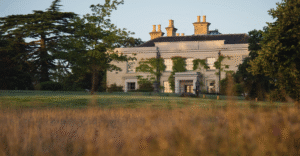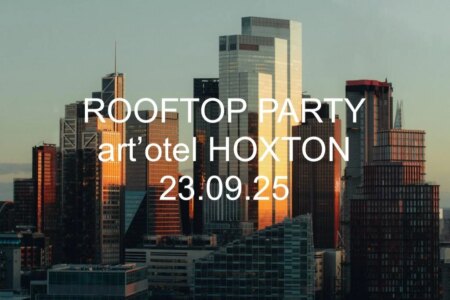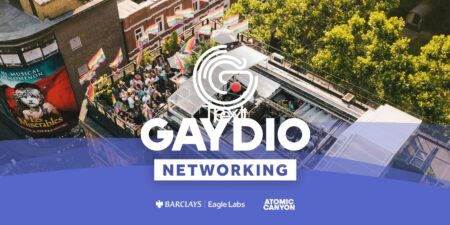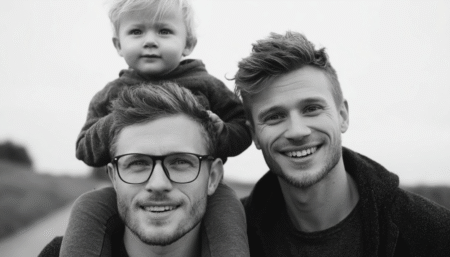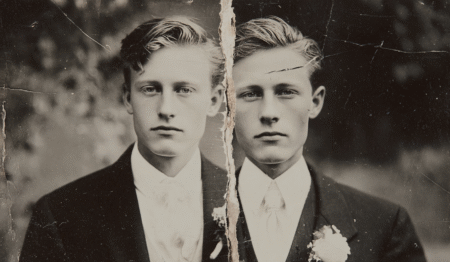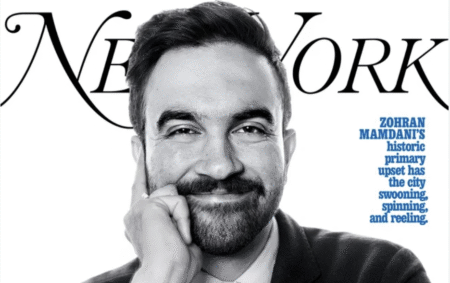A groundbreaking study reveals insights into the sexual orientation and gender identity of 2.5 million non-heterosexual individuals in the Netherlands, potentially shaping inclusive policies.
The latest research conducted by the Centraal Bureau voor de Statistiek (CBS) has revealed significant insights into the sexual orientation and gender identity of the Dutch population, marking the first comprehensive mapping of non-heterosexual individuals in the Netherlands. This groundbreaking study encompasses data on approximately 182,000 Dutch citizens, providing detailed demographics regarding sexual orientation, gender identity, and societal trends within the LGBTQ+ community.
The findings indicate that approximately 2.5 million individuals in the Netherlands identify as having a non-heterosexual orientation. A significant portion of this demographic identifies as bisexual, representing 11 percent or roughly 1.7 million people. Additionally, around 2 percent of men identify as homosexual. The study observed that the proportion of homosexual women, as well as asexual men and women, is slightly lower, standing at 1 percent each. Furthermore, one in a hundred Dutch residents stated uncertainty about the gender they are attracted to.
In exploring gender identity, the study identified a relatively small yet notable segment of the population that identifies as transgender, non-binary, or genderqueer. This includes 60,000 transgender men, 45,000 transgender women, and another 45,000 individuals who identify as non-binary or genderqueer. The research also highlighted that 45,000 people identify as intersex.
The definitions disclosed are vital for understanding these identities: transgender individuals have a gender identity that does not entirely align with the sex assigned at birth; non-binary refers to those who do not identify strictly as male or female; genderqueer is used by individuals whose identities do not fit within traditional male or female categories, and intersex pertains to those born with both male and female sexual characteristics.
Tanja Traag, the chief sociologist at CBS, emphasises the importance of this research, pointing out its role in developing inclusive policies. Traag states, “Inclusive policies can only be developed when it is clear how many people are involved and how they should be addressed.”
The survey, part of the broader Safety Monitor 2023, included additional questions on sexual orientation and gender identity, aiming to understand better the demographic characteristics and experiences of LGBTQ+ individuals in the Netherlands. Traag highlighted a methodology aspect, noting that framing research in specific ways might inadvertently result in selection bias. By integrating the questions into an existing survey, CBS aimed to circumvent such issues.
The research also unveiled some of the lifestyle trends within the LGBTQ+ community in the Netherlands. It shows that LGBTQ+ individuals are more inclined to reside in urban areas compared to their heterosexual counterparts. Furthermore, the educational profile of this community presents a dichotomy: a larger percentage of LGBTQ+ individuals are highly educated, while simultaneously, a greater portion only have a primary school education. This contrasts with the distribution observed in the heterosexual population, where there is a higher representation of individuals with secondary school-level diplomas such as HAVO, VWO, or MBO.
Source: Noah Wire Services





